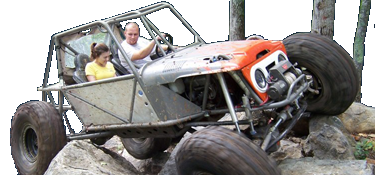Mac5005
Well-Known Member
- Joined
- Oct 19, 2005
- Location
- Rocky Mount
What brand are you talking FOA? Don’t forget limit straps.


Haha
No. Don’t ever buy FOA. Anyone, for any reason. Never, don’t even think about it. If you have to spend carefully, buy used and rebuild or buy Profender.
My prices were straight off wide open design site, radflo. They have the shortest current lead times out of the big brands. Fox prices are pretty comparable to radflo.
They can use fox shims.
If I weren’t looking for quick prices, and had plenty of money I’d buy ADS. They have some of the best quality control, and part selection that far exceeds the others. They are race shocks.
Fox and king lead times are crazy right now.
Swayaway is still a great product but there is practically no support, it’s terrible to order, and lead times are like maybe you’ll get them, maybe not. I had to give afe power the part numbers from my old catalog to look up parts and shocks.
There is absolutely no need for anything bigger than a 2” travel 2” diameter bump stop in this discussion.
Generally you want 20% of your uptravel in bump stop travel. Any more than that and it’s active in too much of the travel range and develops quirks and workarounds. Everyone should start with 50 psi in air bumps and work up to generally no more than 125.
If you need that much, for east coast stuff, you need more compression dampening.
Limit strap prices vary so much, anywhere from $5 to $75. So I didn’t price them.
They arent enough cost for me to justify in comparing. Shipping and taxes on this stuff is more than limit strap cost.





